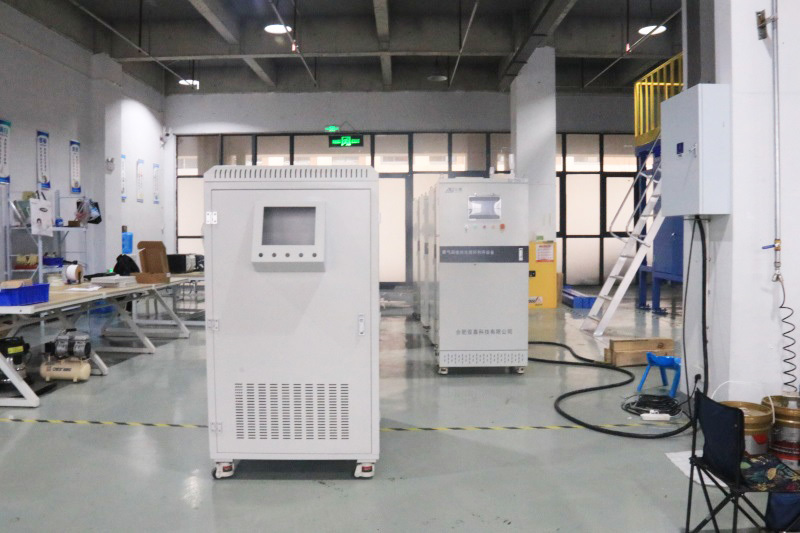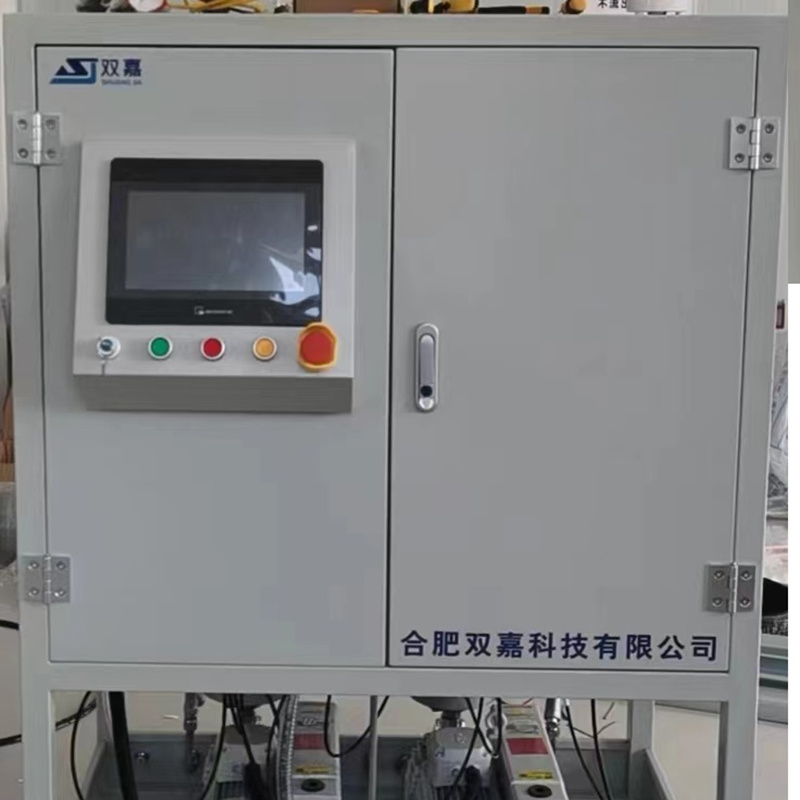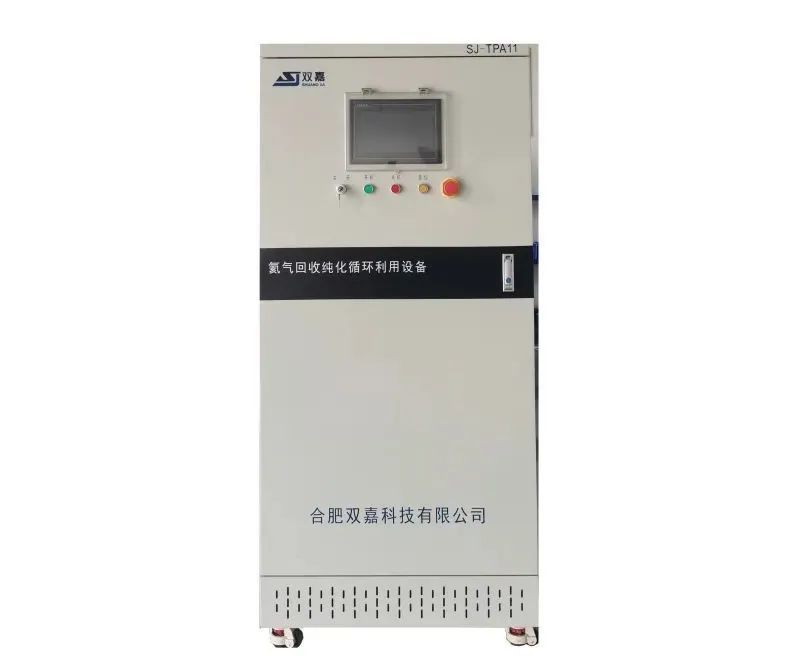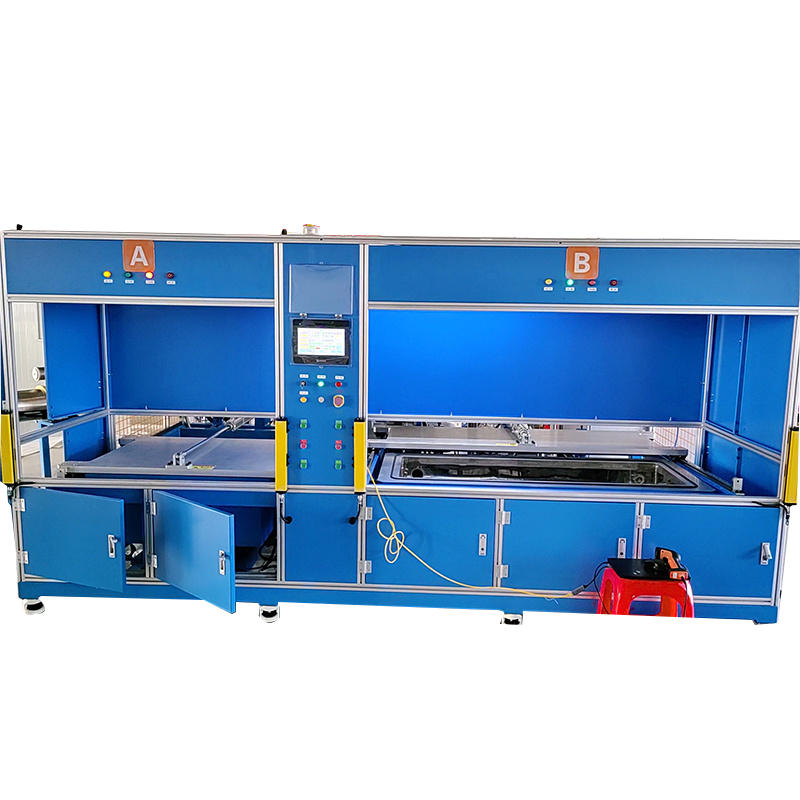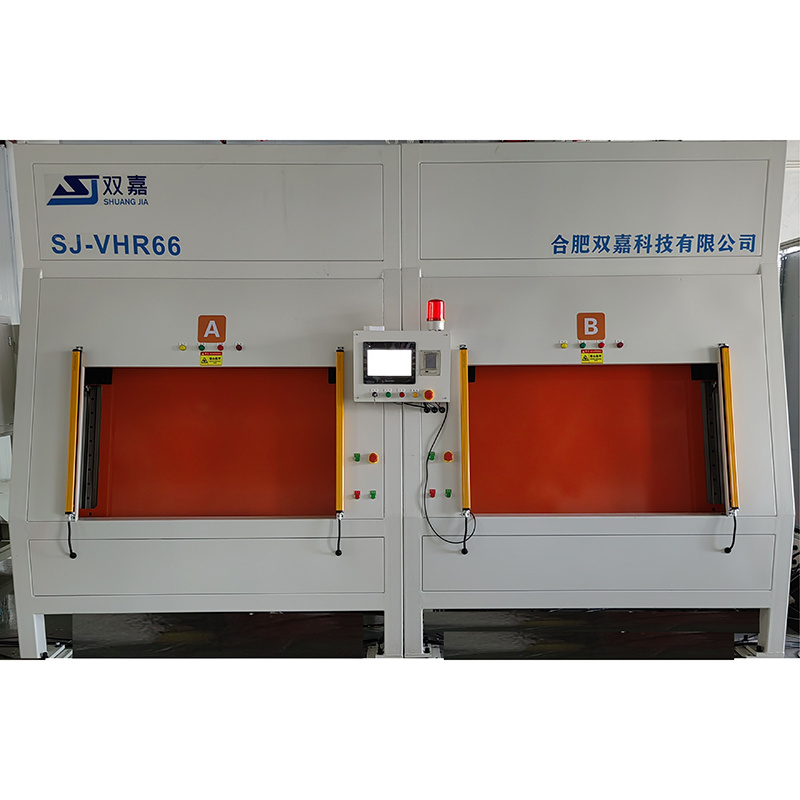Information Details
Revolutionizing Quality Control: The Benefits of Air Tight Microleak Testers
Revolutionizing Quality Control: The Benefits of Air Tight Microleak Testers The modern industrial landscape demands precision and reliability, especially in sectors where product integrity is non-negotiable. Quality control is paramount, and as technology advances, so do the methods we use to ensure our products meet the highest standards. Enter **air tight microleak testers**—a sophisticated sol
Release time:
2025-04-17
Revolutionizing Quality Control: The Benefits of Air Tight Microleak Testers
The modern industrial landscape demands precision and reliability, especially in sectors where product integrity is non-negotiable. Quality control is paramount, and as technology advances, so do the methods we use to ensure our products meet the highest standards. Enter **air tight microleak testers**—a sophisticated solution that is revolutionizing the way businesses approach quality control.
In this article, we will delve deep into the world of air tight microleak testers, exploring their benefits, applications, and the technology behind them.
Understanding Microleak Testing
Microleak testing is a critical process that enables manufacturers to identify leaks in their products, which could range from consumer goods to complex aerospace components. These leaks can lead to complete product failure, safety risks, and significant financial losses. Therefore, implementing a reliable testing method is essential for maintaining product integrity.
What are Air Tight Microleak Testers?
Air tight microleak testers are specialized instruments designed to detect minute leaks in sealed containers or systems. They operate by creating a controlled environment where even the smallest leaks can be identified. By using advanced technology, these testers provide accurate readings and insights into the quality of products.
The Technology Behind Microleak Testers
Modern air tight microleak testers utilize various technologies, including pressure decay, vacuum decay, and tracer gas methods. Each of these methods has its advantages, depending on the application:
- **Pressure Decay Testing**: This method involves pressurizing the product and monitoring the pressure drop over a specified time. A significant drop indicates a leak.
- **Vacuum Decay Testing**: Similar to pressure decay testing, this method involves creating a vacuum inside the product and observing any pressure change, indicating a leak.
- **Tracer Gas Testing**: This technique uses a gas that can easily pass through small leaks. A mass spectrometer detects the presence of the tracer gas outside the product, confirming the existence of a leak.
The Benefits of Using Air Tight Microleak Testers
Integrating air tight microleak testers in your quality control process can yield substantial benefits. Below are some key advantages:
1. Enhanced Product Reliability
The primary advantage of using air tight microleak testers is the **enhanced reliability** of products. By accurately detecting leaks, manufacturers can ensure that their products perform as intended, meeting safety and operational standards.
2. Cost Effectiveness
Identifying leaks early in the manufacturing process can save companies significant costs associated with product recalls, repairs, and customer dissatisfaction. The investment in air tight microleak testers can lead to drastic reductions in these expenses.
3. Increased Efficiency
Automating the leak testing process with advanced air tight microleak testers allows for faster testing and reduced manual labor. This efficiency means that businesses can maintain high production rates while ensuring quality.
4. Compliance with Industry Standards
Many industries have strict regulations regarding product quality and safety. Using air tight microleak testers helps manufacturers comply with these standards, reducing the risk of penalties and enhancing their reputation in the market.
5. Versatile Applications
Air tight microleak testers are used across various industries, including:
- **Aerospace**: Ensuring that components meet safety requirements.
- **Automotive**: Testing fuel systems for leaks that could affect performance.
- **Medical Devices**: Guaranteeing the integrity of sealed packages that protect sensitive instruments.
- **Electronics**: Preventing moisture ingress in sensitive electronic components.
How to Choose the Right Microleak Tester
Selecting the appropriate air tight microleak tester involves several considerations, including:
1. Testing Requirements
Understanding your specific testing requirements is crucial. Determine the size of the components you will test, the expected leak size, and the type of environment in which testing will occur.
2. Technology Type
Evaluate the three main types of testing technologies—pressure decay, vacuum decay, and tracer gas testing. Each method has its strengths, so choose one that aligns with your needs.
3. Ease of Use
Consider the user-friendliness of the equipment. A device with a straightforward interface and clear instructions will facilitate smoother operations.
4. Calibration and Maintenance
Regular calibration is essential for accurate results. Choose a tester with easy calibration procedures and minimal maintenance requirements.
5. Budget
While investing in quality testing equipment is essential, it's crucial to find a balance between price and functionality. Compare different models and their features to make an informed decision.
Implementing a Successful Microleak Testing Program
To fully harness the advantages of air tight microleak testers, businesses should implement a comprehensive microleak testing program. Here’s how to get started:
1. Define Objectives
Establish clear objectives for your microleak testing program. Consider what you aim to achieve, such as reducing defects or improving compliance.
2. Train Personnel
Ensure that all personnel involved in the testing process receive adequate training. This includes understanding the equipment, testing procedures, and how to interpret results.
3. Adopt Standard Operating Procedures (SOPs)
Create SOPs for the microleak testing process. Documenting each step ensures consistency and helps maintain quality across multiple tests.
4. Monitor and Analyze Results
Collect and analyze data from each testing cycle. Monitoring trends can help identify persistent issues and inform improvements in the manufacturing process.
5. Continuous Improvement
Use the insights gained from the testing program to drive continuous improvement initiatives. Regularly review testing processes and outcomes to enhance product quality further.
Case Studies: Successful Implementations of Microleak Testers
To illustrate the effectiveness of air tight microleak testers, let’s explore a few case studies from different industries.
1. Aerospace Industry: Enhancing Safety Standards
A leading aerospace manufacturer integrated air tight microleak testers into their production line. By adopting pressure decay testing, they were able to reduce the incidence of faulty components significantly, thus improving safety standards and compliance with regulations.
2. Automotive Sector: Streamlining Production
An automotive manufacturer implemented vacuum decay testing for their fuel systems. This change allowed them to identify leaks faster, streamlining production and reducing rework time by 30%.
3. Electronics: Ensuring Longevity
A top electronics company utilized tracer gas testing to safeguard their sensitive components against moisture ingress. This practice enhanced the longevity and reliability of their products, leading to increased customer satisfaction.
FAQs About Air Tight Microleak Testers
1. What is the typical leak size that microleak testers can detect?
Air tight microleak testers can typically detect leaks as small as 1 x 10^-3 mbar L/s, but this can vary based on the tester's specifications.
2. How often should microleak testers be calibrated?
It’s recommended to calibrate microleak testers at least once a year, or more frequently based on usage and manufacturer recommendations.
3. Can microleak testing be done on all types of materials?
Microleak testing is versatile and can be applied to various materials, including metals, plastics, and glass. However, the selection of the testing method may vary based on the material properties.
4. Is training necessary for using air tight microleak testers?
Yes, adequate training is essential for anyone operating air tight microleak testers, as it ensures accurate testing and interpretation of results.
5. What are the main advantages of vacuum decay testing over pressure decay testing?
Vacuum decay testing can be more sensitive for detecting leaks in certain applications, particularly those involving airtight seals, as it can reveal leaks that might not be as apparent under pressure.
Conclusion
In conclusion, air tight microleak testers are essential tools in modern quality control, offering significant advantages across various industries. By enhancing product reliability, reducing costs, and streamlining testing processes, these sophisticated instruments are revolutionizing how businesses ensure quality.
Companies looking to adopt these technologies should focus on selecting the right testing equipment, training personnel effectively, and continuously improving their testing programs. As industries evolve, integrating air tight microleak testers into quality control processes will not only enhance product integrity but also improve customer satisfaction and compliance with industry standards. The future of quality assurance is here, and air tight microleak testers are leading the charge.
Air tight microleak tester
Previous Page
Next Page
Previous Page
Next Page
Latest Blog


